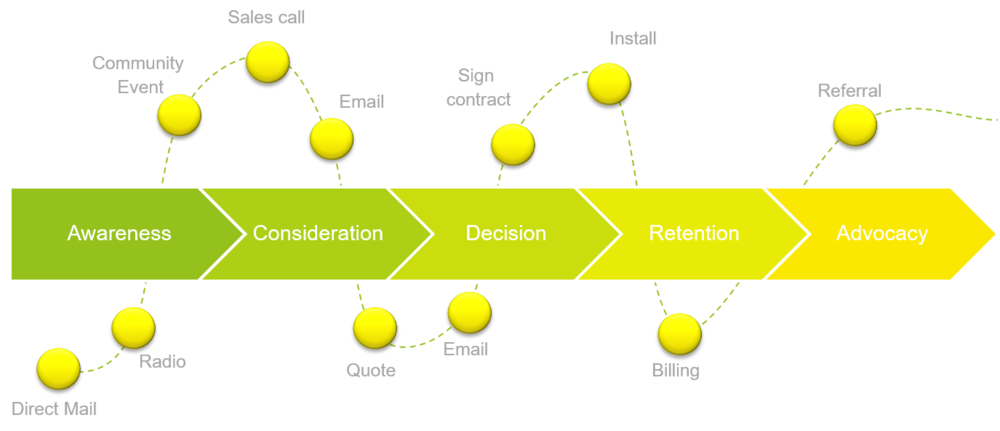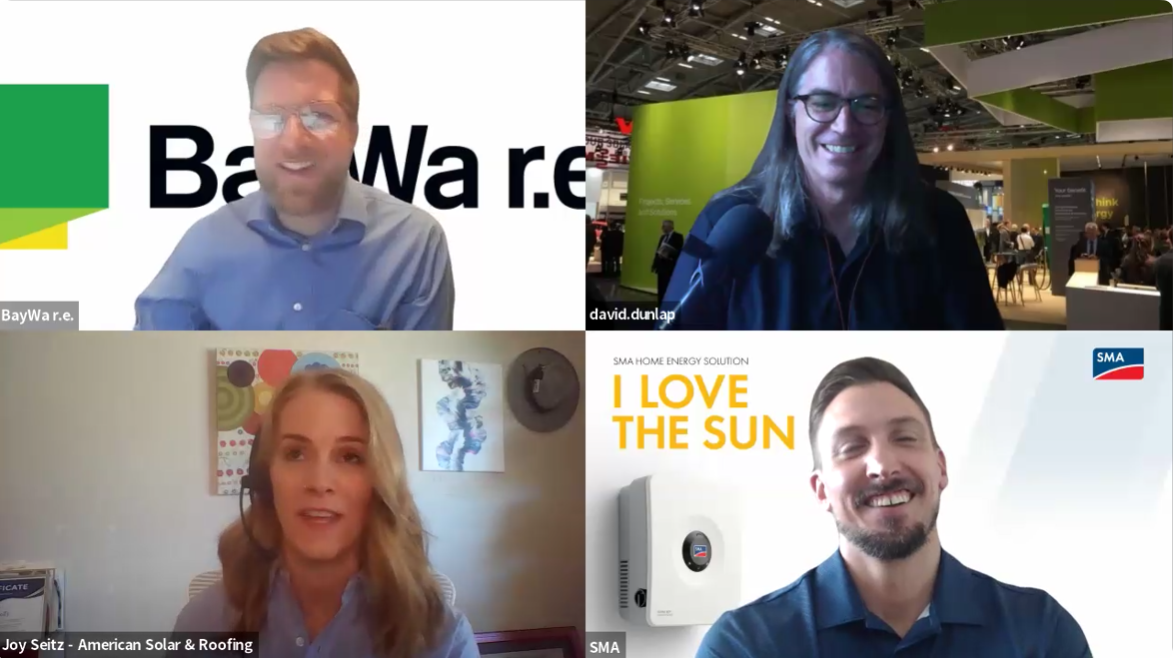 Illustration, Tom Miller
Illustration, Tom Miller
Editor’s note: As a follow up to Part I of our ongoing marketing series, Tackling the Big ‘M’, I asked Misty Chioffe, our Director of Marketing, to keep the ball rolling with three quick tips on marketing in challenging regions like California, where the residential market is expected to decline in 2017.
In the busy day-to-day of sales and marketing it’s easy to forget that solar is still an emerging market, with non-utility scale solar power generation representing less than 1% of electricity generation in almost all states. While there are still huge opportunities, some segments have become saturated and are experiencing a backlash against solar marketing. California has been on the front lines of this for a few years now.
Unfortunately, you can’t control what other folks in the market are doing—whether it be positive or negative. The good news: companies that don’t deliver on their promises, or undertake misleading marketing practices, usually don’t stick around for long. So this is a great time for solar companies to lead by example with transparent, healthy marketing practices and to differentiate themselves by providing excellent customer service.
Thus, the difficult question is: how do you market in a saturated space?
The difficult answer is: there is no magic bullet. It comes down to good fundamentals. I’ll throw out three quick tips to start the conversation and we can dig into these more in future installments.
Tip 1: Know Thy Customer
Think through the customer experience.
Positive customer experience is a primary generator of customer referrals, which—as you likely know—are the least expensive form of lead acquisition.
Think through how you are leading prospects down the road from consideration all the way to advocacy. What does your marketing funnel look like?

Customer Journey, Illustration – BayWa r.e. Solar Systems
Take the time to walk through your typical customer’s journey. Identify all the points where you interact with them (touchpoints) and put yourself in their shoes. How do they feel about working with you? Are you delivering the right service at the right time? Ask a lot of questions. This process will help you to identify what you’re doing well and where there’s room for improvement. Surveying recent customers is often a great place to start identifying gaps in the customer experience.
Tip 2: Know Thyself
Document your sales and marketing process
Once you understand your customers’ needs, develop and document your sales and marketing process to support a great customer experience. This work can often be overlooked, as people tend to think these concepts are intuitive. The problem is, however, if you rely on everyone’s unique intuition, you get everyone’s own unique process! As you add new team members or new customer types, this becomes more and more complex to handle consistently and, as a result, customer promises can be broken inadvertently. So make sure to define (or update) and document your sales and marketing process to reflect how you want to be consistently serving customers. And take the time to share the process with your entire company. It is important for everyone to understand what promises are being made to your customers.
Having a defined process will also allow you to start measuring where leads are coming from (e.g. PPC, advertisements, outreach events, referrals). It will also allow you to measure conversion rates, understand conversion rates, and, most importantly, focus your efforts on what is working.
Tip 3: Never Give Up
Marketing works, but it is a long-term investment.
Image, Google
Marketing is something that needs to be maintained and worked on consistently. It is not something you do once and then walk away from. Sometimes you can see results immediately, from a particular campaign or activity, but overall, marketing is a long-term play. Think of it like a savings account, which you investing in, incrementally, over time. All of your efforts, over time, will combine to achieve your goals. Don’t expect immediate results. Coca-Cola did not become the brand juggernaut they are now, overnight.
And how do you know if it’s working? This is where measuring your results becomes really important. Measuring doesn’t have to be complicated. For example, use Google analytics to see how many visitors your website gets. If everyone leaves after viewing your homepage, you might have a problem.
One final note: Often times, when things are tough in a company (in any industry), people will scale back on marketing. I would suggest that this is not the time to pull back on marketing; it’s the time to double down—but make sure and double down on things that are working.




